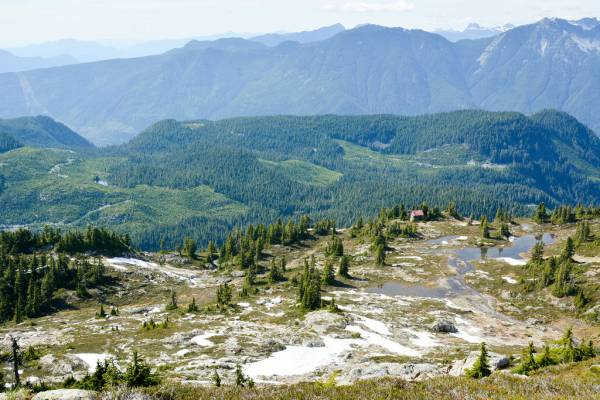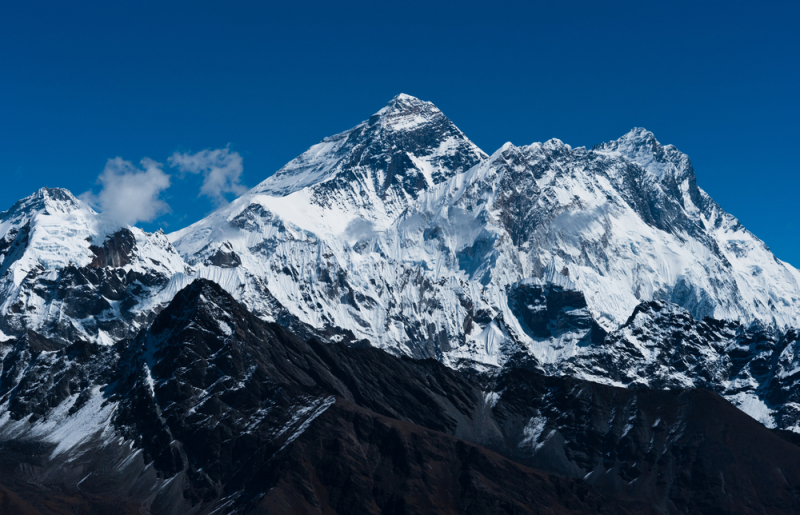Mount Steele

This mountain, named after Sam Steele, a police officer during the Yukon Gold Rush, is notorious for being exceptionally harsh and difficult to reach. Those conditions, however, did not deter Walter Wood and his team from ascending the summit in 1935. The weather delayed their progress, with their initial effort being thwarted and their successful attempt requiring them to travel on all fours for much of the trek.
One of the largest landslides in Yukon Territory history occurred on this peak. A tremendous amount of rock, ice, and snow careened down the slope of the mountain at an estimated 157 mph on July 24, 2007. Fortunately, no one was hurt as a result of the unlivable conditions around the mountain.
Mount Steele climbs to #5 on the list of Canada's tallest peaks. It is the tenth highest peak in North America and is located in the center of Yukon. Steele, along with Lucania, constitutes a massive ice massif that covers over 90 square kilometers and is home to numerous glaciers, including Walsh and Chitina. Mt. Steele, like the rest of the St. Elias Mountains, is very young, severely glaciated, and highly dynamic, making it more prone to avalanche. The rock and ice avalanches on Mt. Steele in July 2007 are thought to be one of the greatest in Western Canada.
Elevation: 16,644 ft (5,073 m)
Location: Kluane National Park, Yukon
Range: Saint Elias Mountains












